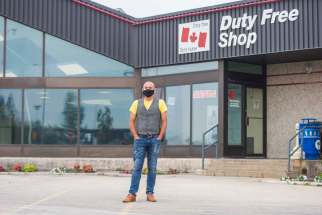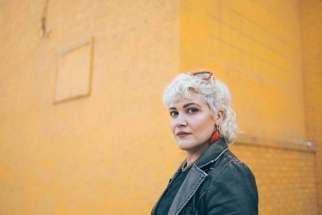Human errors led to Manitoba riding vote miscount
Read this article for free:
or
Already have an account? Log in here »
To continue reading, please subscribe:
Monthly Digital Subscription
$0 for the first 4 weeks*
- Enjoy unlimited reading on winnipegfreepress.com
- Read the E-Edition, our digital replica newspaper
- Access News Break, our award-winning app
- Play interactive puzzles
*No charge for 4 weeks then price increases to the regular rate of $19.00 plus GST every four weeks. Offer available to new and qualified returning subscribers only. Cancel any time.
Monthly Digital Subscription
$4.75/week*
- Enjoy unlimited reading on winnipegfreepress.com
- Read the E-Edition, our digital replica newspaper
- Access News Break, our award-winning app
- Play interactive puzzles
*Billed as $19 plus GST every four weeks. Cancel any time.
To continue reading, please subscribe:
Add Free Press access to your Brandon Sun subscription for only an additional
$1 for the first 4 weeks*
*Your next subscription payment will increase by $1.00 and you will be charged $16.99 plus GST for four weeks. After four weeks, your payment will increase to $23.99 plus GST every four weeks.
Read unlimited articles for free today:
or
Already have an account? Log in here »
Hey there, time traveller!
This article was published 13/10/2021 (1515 days ago), so information in it may no longer be current.
OTTAWA — The decision by an Elections Canada staffer not to put candidates’ names in alphabetical order caused a week-long delay in determining the winner of a west Winnipeg riding, and almost sparked an expensive recount.
“It was torture; I wouldn’t wish that on anyone,” said Conservative MP Marty Morantz, who was re-elected last month in the riding of Charleswood—St. James—Assiniboia—Headingley.
Morantz won by 460 votes, though the original tally had him placed ahead of Liberal candidate Doug Eyolfson by just 24 — a margin so tight it would have required a judge to review all 45,573 ballots.
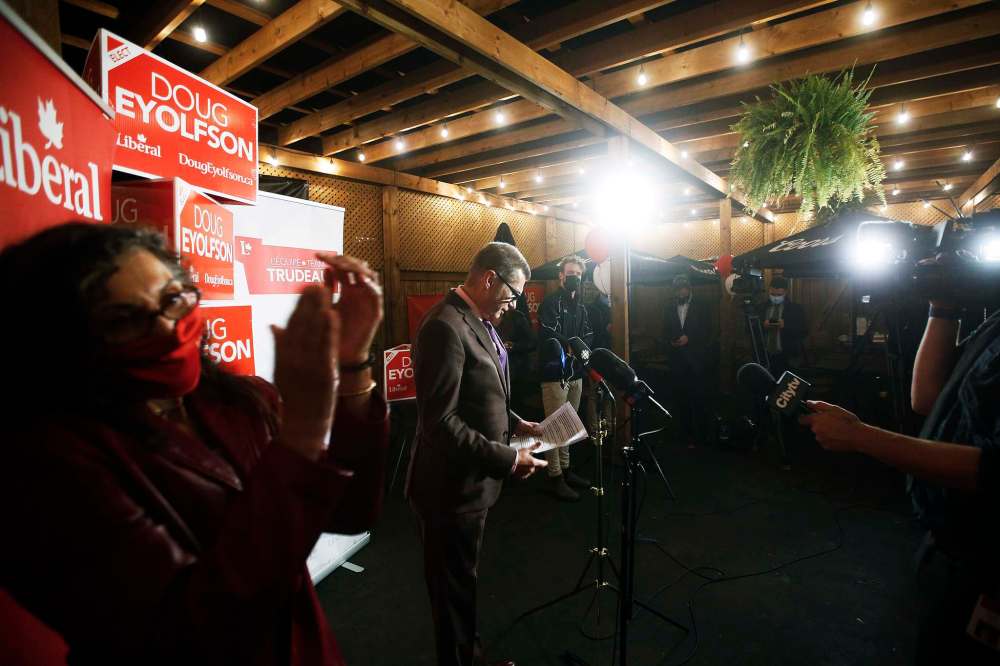
Elections Canada confirmed the issue flagged by the Conservative and Liberal campaigns, both of whom stressed they are not contesting the final result or trying to disparage poll workers.
“Both of us had a tough week, trying to figure it out,” said Paul Brault, a veteran campaigner who oversaw Eyolfson’s run.
The issue emerged on election night, Sept. 20, when Morantz’s campaign staff tabulated a lead of more than 400 votes based on polls observed by scrutineers, yet Elections Canada reported a much tighter margin.
The next day, Elections Canada started counting the special ballots. The agency had decided to tally the mail-in and drop-off ballots separately, to account for the time needed to verify nobody voted twice.
Elections Canada had its validation meeting with the two campaigns, which is meant to sort out any mistakes, a week after the vote. By that point, three of the riding’s 170 polls had errors.
The agency spotted the first two issues.
One had been reported by phone as poll No. 65 but was understood as No. 605, which meant the wrong results were entered into a spreadsheet, shifting the result by 900 votes. Another, poll No. 11, was miscounted by a handful of votes.
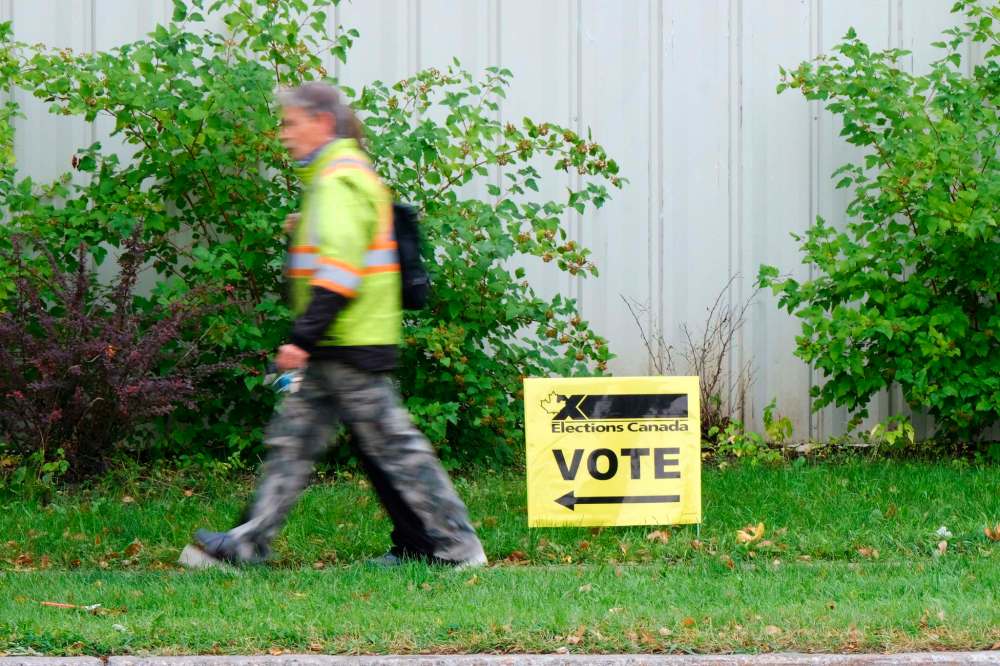
At one point, when adjusting for those errors, it appeared Eyolfson had won the federal seat.
Elections Canada spokesman Matthew McKenna confirmed to the Free Press the agency brought those two errors into the validation meeting, when it learned of a third problem: the Liberal and Tory campaigns had noticed one poll had jumbled numbers.
Instead of listing the candidates’ results by their last name alphabetically, the tally used by the returning office followed a different order, and the numbers were incorrectly typed into a spreadsheet, with Morantz receiving the number of the NDP candidate’s votes, instead of his own.
At that meeting, both campaigns were able to see the envelopes summarizing the ballot counts but weren’t authorized to go through the individual ballots. Neither campaign suspected anything nefarious in how the ballots had been tallied.
“It’s 17 million ballots (nationally) cast and counted all by hand; I guess there is bound to be mistakes,” Morantz said.
McKenna said errors do occur on election night, when poll workers are phoning in results to staff who write down answers and tabulate results.
“You hate to just say it’s human error, but at the end of the day that’s what it comes down to.” – Elections Canada spokesman Matthew McKenna
He said that’s in order to provide preliminary results on election night, while the agency does a formal tally afterwards, and allows campaigns to also jot down their own counts as results come in.
The switch-up with the order of candidates might thus be a result of an Elections Canada worker using one of the blank papers provided to parties to jot down tallies, instead of the printed-out pages for poll workers to record initial results.
“You hate to just say it’s human error, but at the end of the day that’s what it comes down to,” McKenna said. “That’s exactly why the validation process exists.”
Morantz and Brault suggested Elections Canada might want to revisit its procedures, to avoid the chance of a costly judicial recount in a future election.
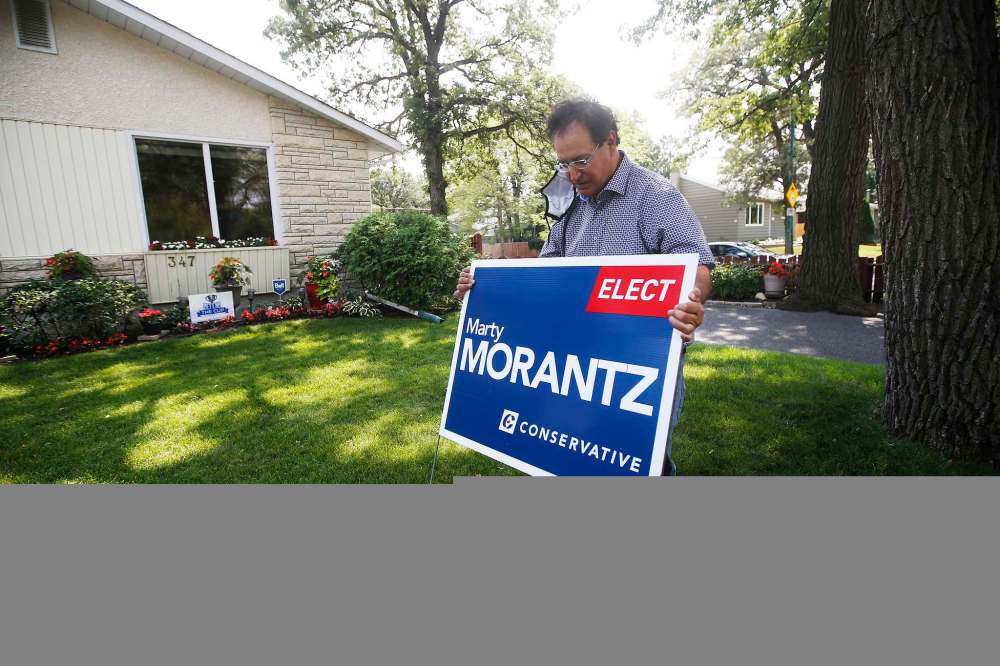
“If they hadn’t caught that in that meeting, we probably would still be counting now,” Morantz said. “If I had to guess, it came down to a matter of properly training staff.”
Brault said running an election is a “monumental feat” and mistakes are meant to be caught in validation meetings, but he also hoped the agency can find ways to avoid a repeat.
“I certainly don’t want to blame people, but I do believe there is a process that needs to be looked at.”
McKenna could not speak to the specifics of the riding, but said in general Elections Canada analyzes every facet of an election, starting with the statutory report due three months after the vote.
“Part of our follow-up to any election is to take a couple steps back once it’s over and to review how things went, and see what process changes we make,” he said.
“If it looks like there’s need for a change, that’s certainly something we would consider.”
dylan.robertson@freepress.mb.ca
History
Updated on Wednesday, October 13, 2021 10:55 PM CDT: Fixes typo.
Updated on Thursday, October 14, 2021 1:55 PM CDT: Clarifies Brault's role.




